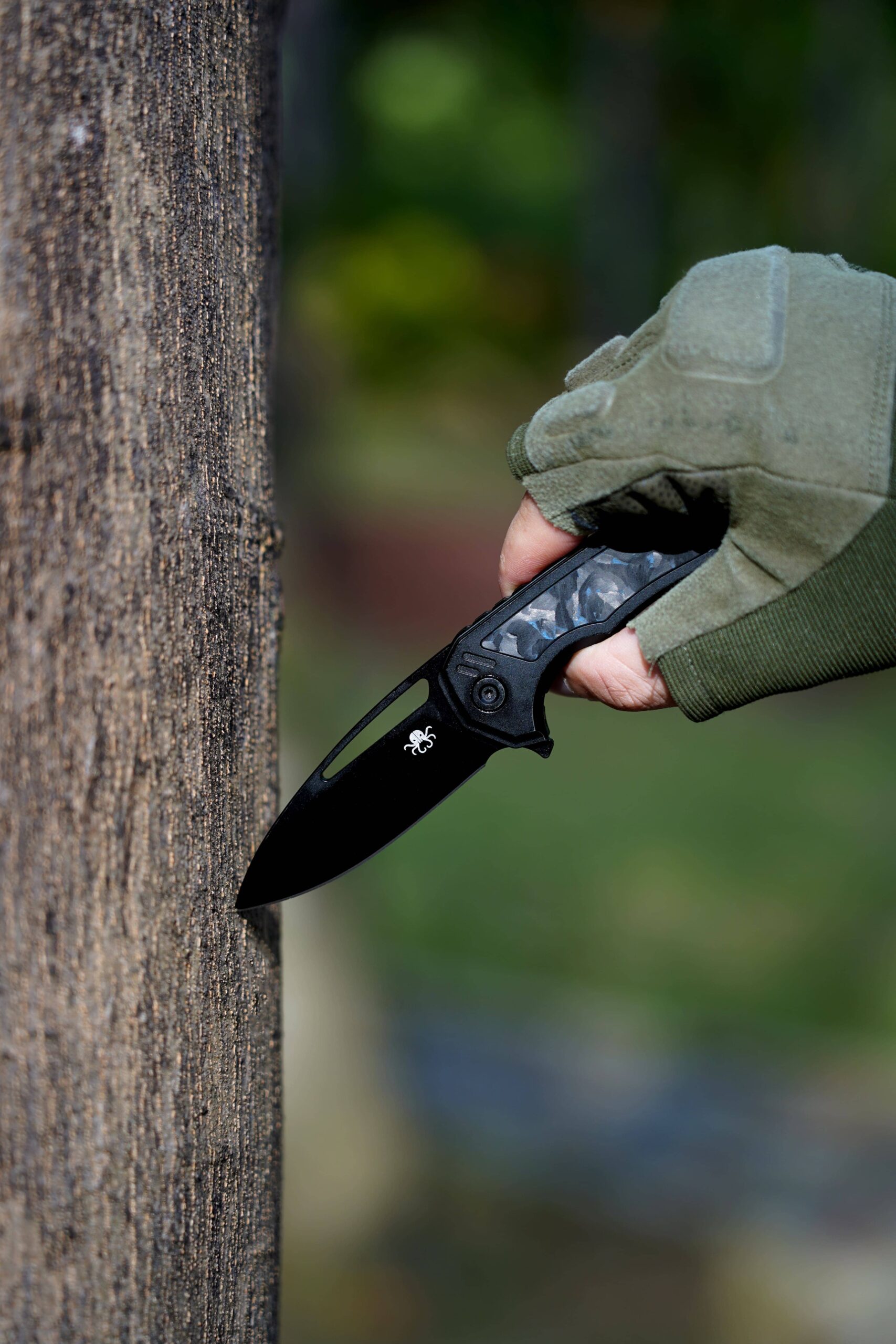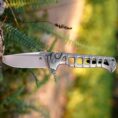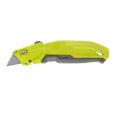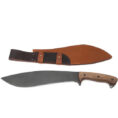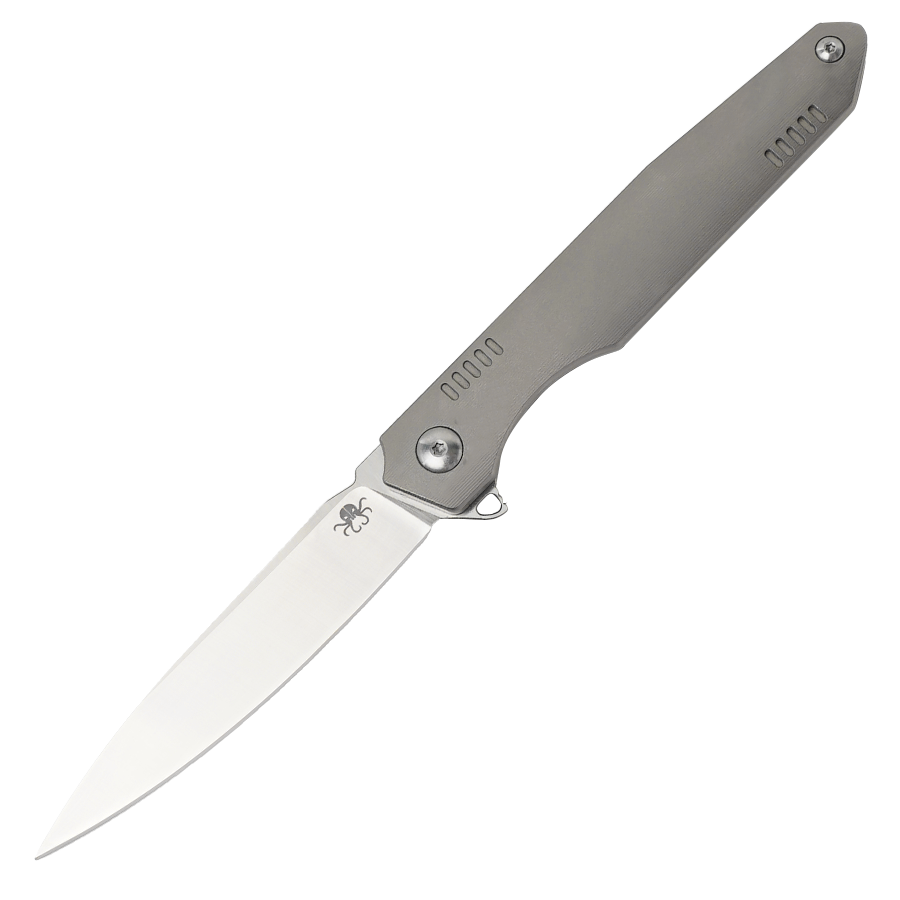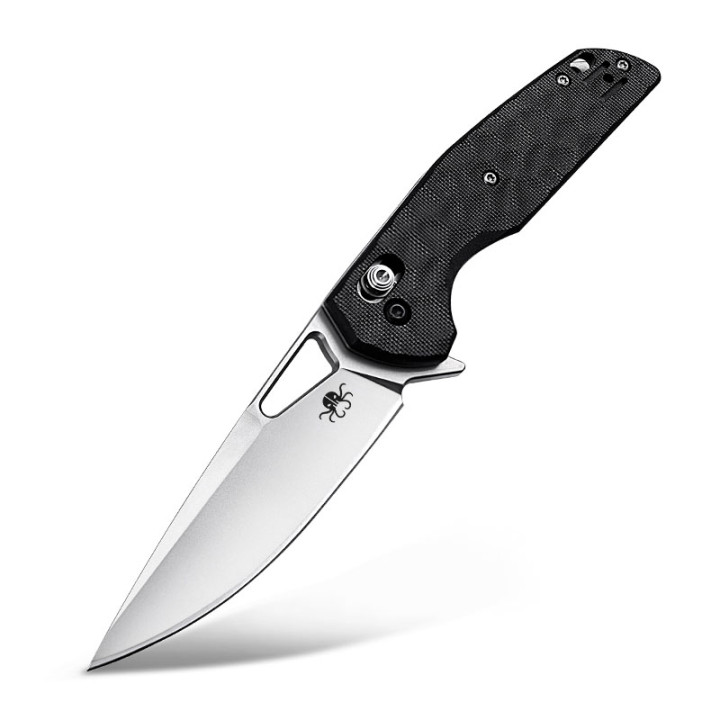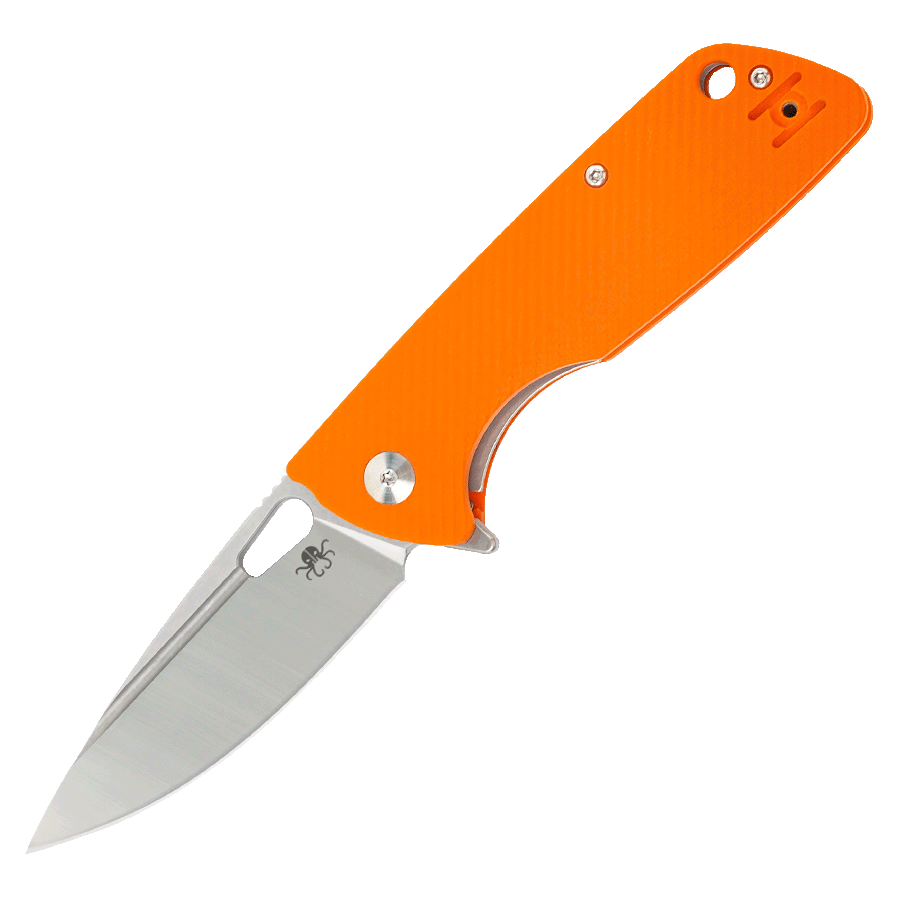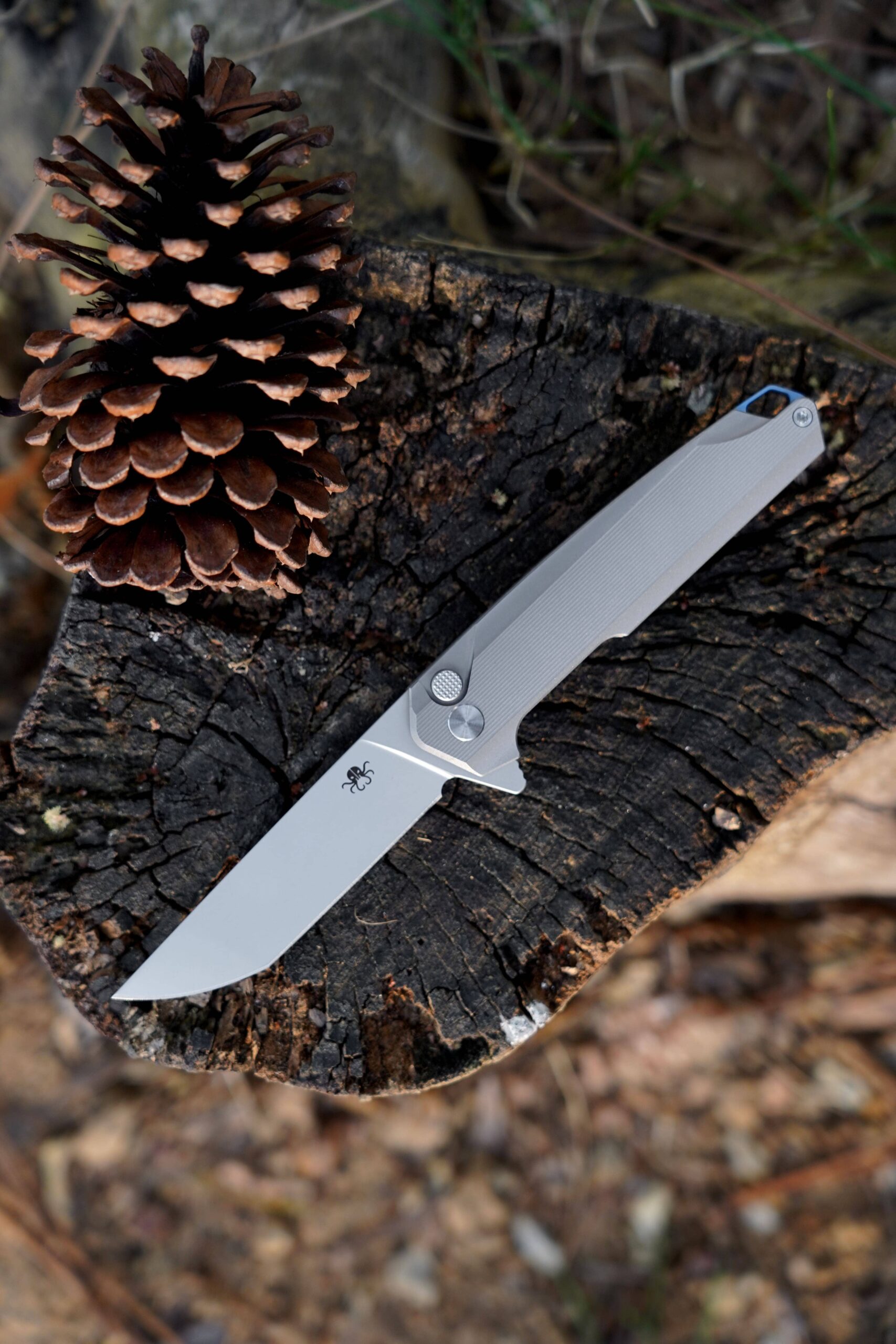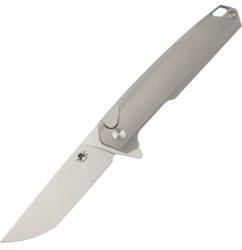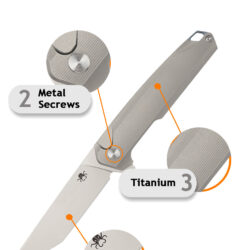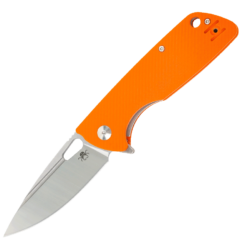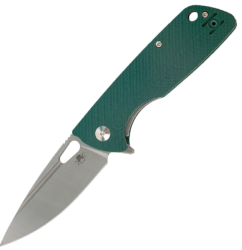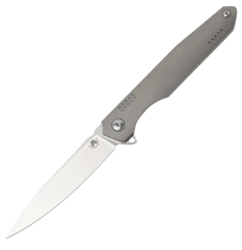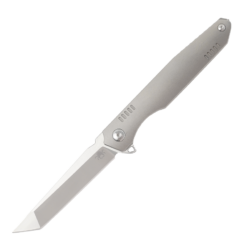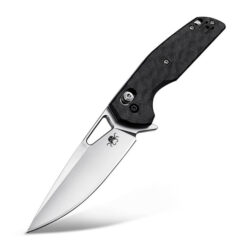Rust Prevention Hacks: Simple Steps for a Shiny, Corrosion-Free Blade
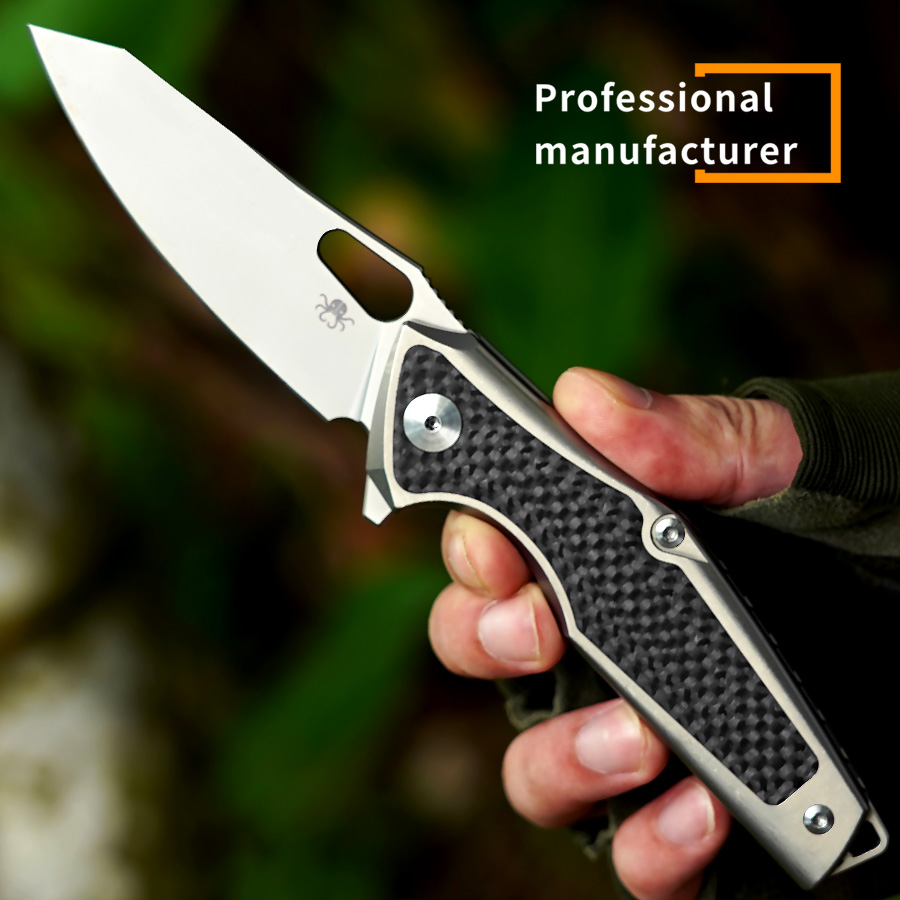
Introduction: The Battle Against Rust
Rust is one of the most common and frustrating issues knife owners face. Whether you use your blade in the kitchen, outdoors, or at work, rust can quickly compromise its functionality and appearance. Not only does rust cause unsightly stains and dullness, but it can also weaken the steel, leading to premature blade failure.
In this article, we will share the most effective rust prevention hacks and techniques to keep your blades looking shiny and functioning optimally. From understanding the science behind rust to discovering simple care habits and advanced methods, we’ll cover everything you need to ensure your knife stays corrosion-free for years to come.
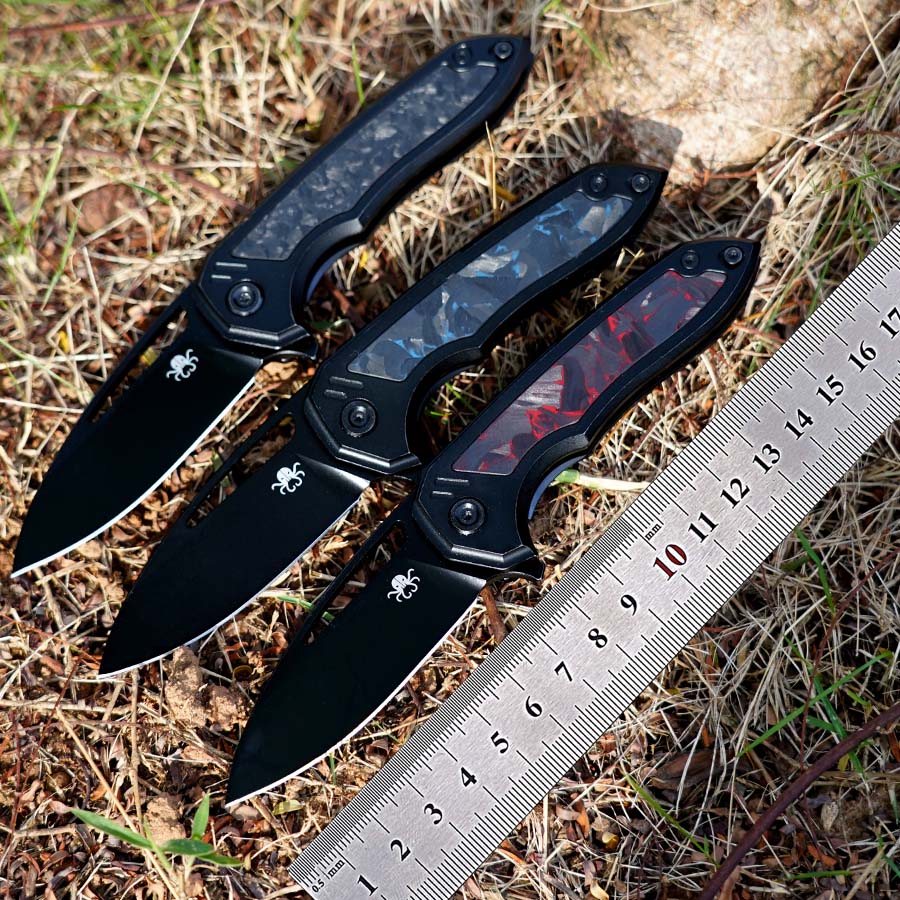
Chapter 1: Understanding Rust and Corrosion
1.1 What Is Rust? Rust is a form of corrosion that occurs when iron or steel reacts with oxygen and moisture in the environment. The chemical reaction produces iron oxide, which appears as reddish-brown flakes on the surface of the metal.
1.2 The Chemistry Behind Rust The basic chemical reaction behind rust is:
4Fe + 3O₂ + 6H₂O → 4Fe(OH)₃
This reaction leads to the formation of rust, which can deteriorate the structural integrity of the blade over time.
1.3 Factors That Cause Rust
- Moisture: Exposure to water, humidity, or wet conditions accelerates rust formation.
- Oxygen: Even minimal exposure to air can lead to corrosion if combined with moisture.
- Acids: Certain foods, liquids, and chemicals can react with the steel, leading to rust.
- Salt: Salty environments, such as coastal areas or salty water, are especially detrimental to knives.
1.4 The Impact of Rust on Knife Performance Rust doesn’t just look bad—it affects the blade’s sharpness, durability, and overall performance. We’ll discuss how rust compromises the integrity of the steel and causes pitting, which can create weak points in the blade.
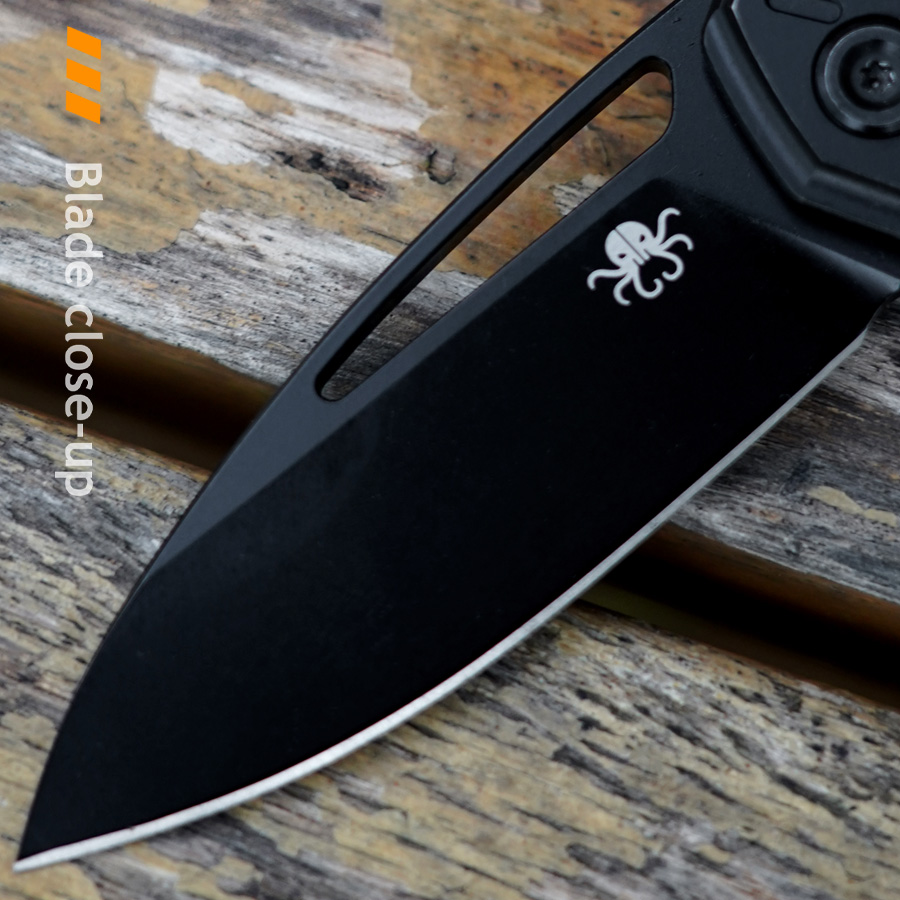
Chapter 2: Knife Materials and Rust Resistance
2.1 The Role of Steel in Rust Resistance Different types of steel have varying levels of resistance to rust and corrosion. In this chapter, we’ll explore:
- Carbon Steel: Highly prone to rusting but can take an incredibly sharp edge.
- Stainless Steel: Contains chromium, which offers resistance to rust, though it’s not completely immune.
- Damascus Steel: Known for its striking appearance and strength, but it requires special care to avoid rust.
- Coated Blades: Some knives come with coatings, like ceramic or titanium, to help prevent corrosion.
2.2 How to Choose the Right Steel for Rust Prevention Choosing the right blade material can make a huge difference in rust prevention. We’ll compare and contrast the pros and cons of various types of steel.
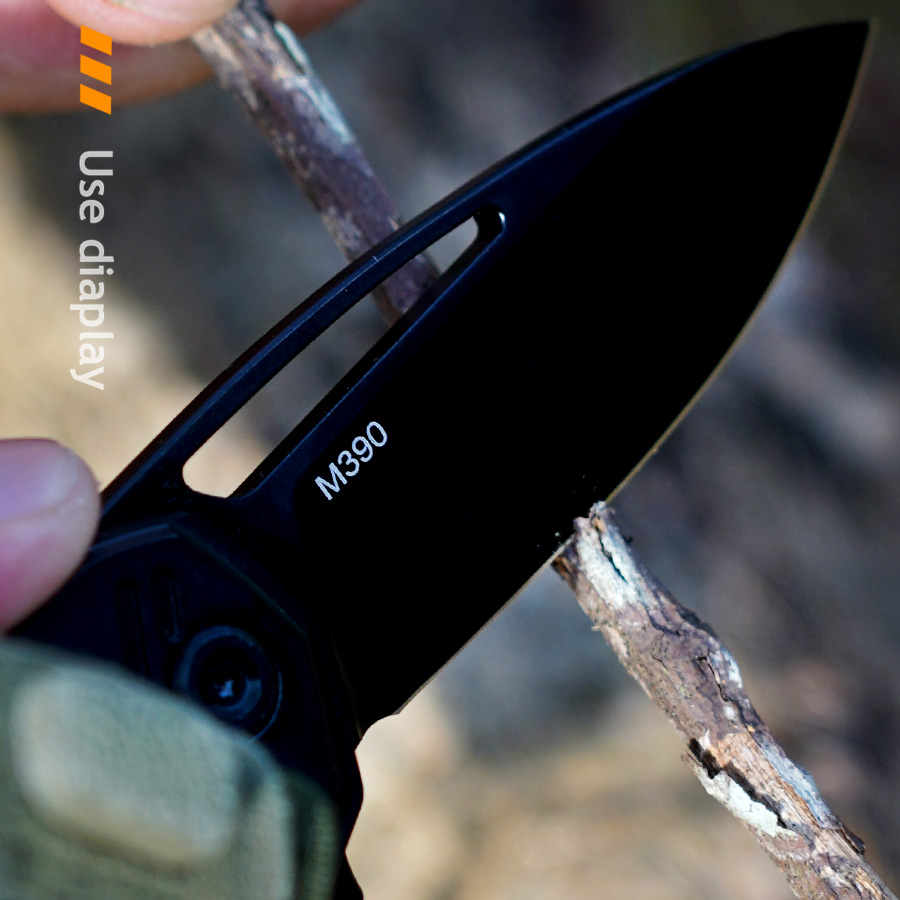
Chapter 3: Essential Tools for Rust Prevention
3.1 Knife Oil and Lubricants One of the easiest ways to prevent rust is by applying oil or a lubricant to your knife. We’ll explore different types of oils, such as mineral oil, camellia oil, and vegetable oils, and how each can protect your blade.
3.2 Anti-Rust Coatings and Sprays There are a variety of commercial anti-rust sprays and coatings available that can add a layer of protection. We’ll discuss the best products for both kitchen and outdoor knives.
3.3 Cloths and Rags Using the right cleaning cloths is just as important as using the right oil. Learn about microfiber and cotton cloths that can safely wipe down and maintain your blade.
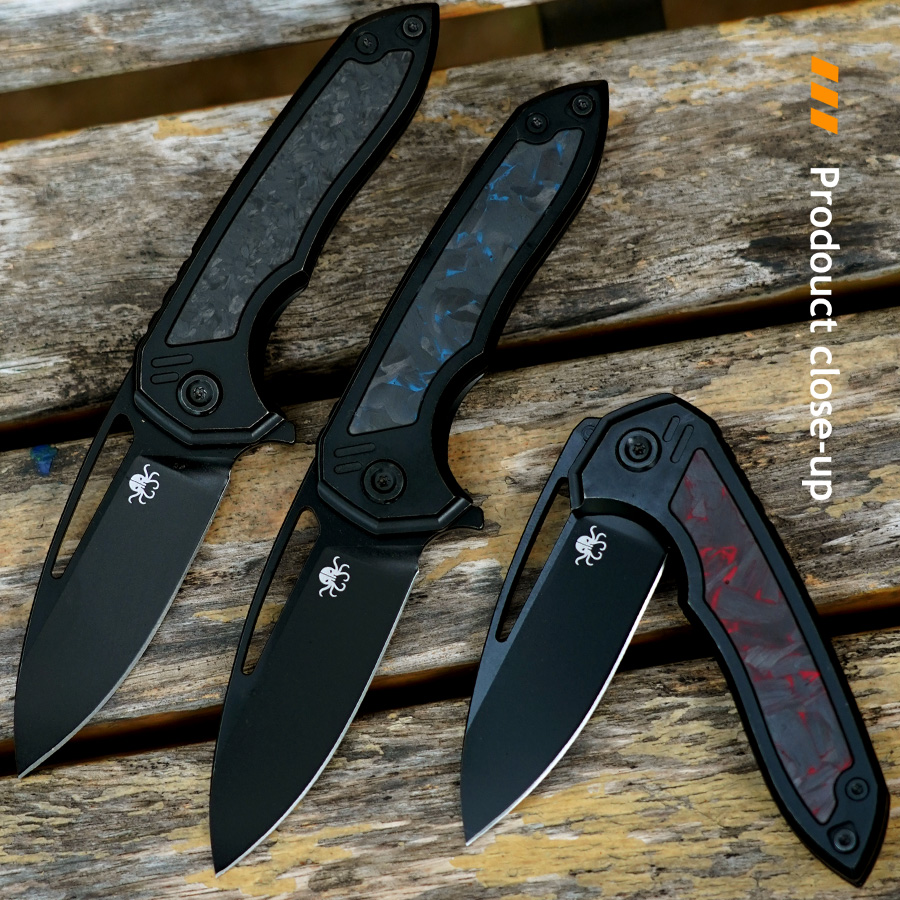
Chapter 4: Simple Habits for Rust Prevention
4.1 Drying Your Knife Immediately After Use One of the most effective ways to prevent rust is simply drying your knife immediately after use, especially after it comes into contact with water, food, or moisture.
4.2 Storing Your Knife Properly Proper storage plays a significant role in preventing rust. We’ll cover:
- Magnetic Strips vs. Knife Blocks: Which is better for rust prevention?
- Knife Sheaths and Covers: The benefits of protecting the blade from air and moisture.
- Humidity Control: Storing knives in a dry, controlled environment.
4.3 Cleaning and Maintenance Routine Keeping your knives clean and free from food acids, salt, and other corrosive materials is crucial. We’ll provide a detailed cleaning routine for both kitchen and outdoor knives.
4.4 Avoiding the Dishwasher Dishwashers are a knife’s worst enemy, exposing blades to high heat, moisture, and harsh detergents. Learn why hand-washing is the safest option for preventing rust.
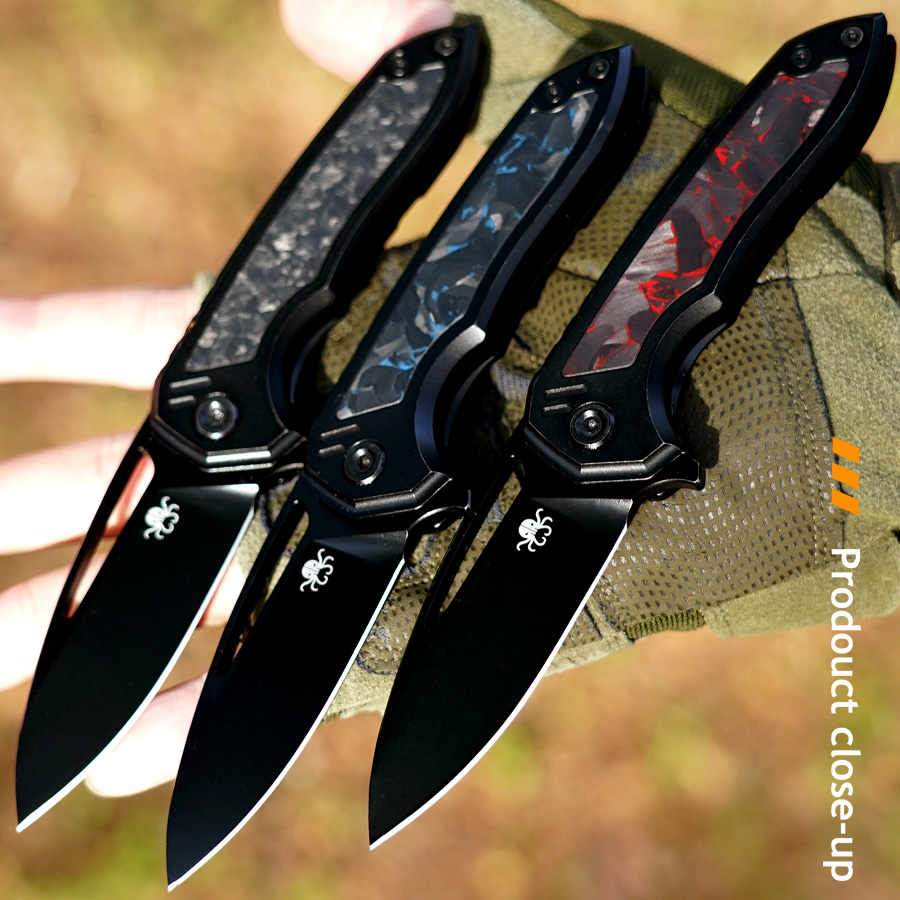
Chapter 5: Advanced Rust Prevention Techniques
5.1 Applying Protective Coatings For blades exposed to harsh environments, applying a protective coating can add an extra layer of defense. We’ll discuss methods like:
- Ceramic Coating: Highly effective at preventing rust and scratches.
- Teflon and Non-stick Coatings: Often used for kitchen knives to improve both food release and rust resistance.
5.2 Saltwater and Extreme Environment Protection For knives used in saltwater environments or extreme weather conditions, additional care is required. We’ll cover:
- Rinsing and Drying After Salt Exposure: The best methods for protecting knives after exposure to saltwater.
- Stainless Steel Maintenance: Special care needed for stainless blades in coastal areas.
5.3 Corrosion-Resistant Blade Treatments Some manufacturers offer advanced corrosion-resistant treatments for their knives. We’ll delve into:
- Cryogenic Treatment: Freezing the steel to enhance its toughness and resistance to rust.
- Electroplating and Hardening: Techniques used for high-end knives to increase resistance to rust and wear.
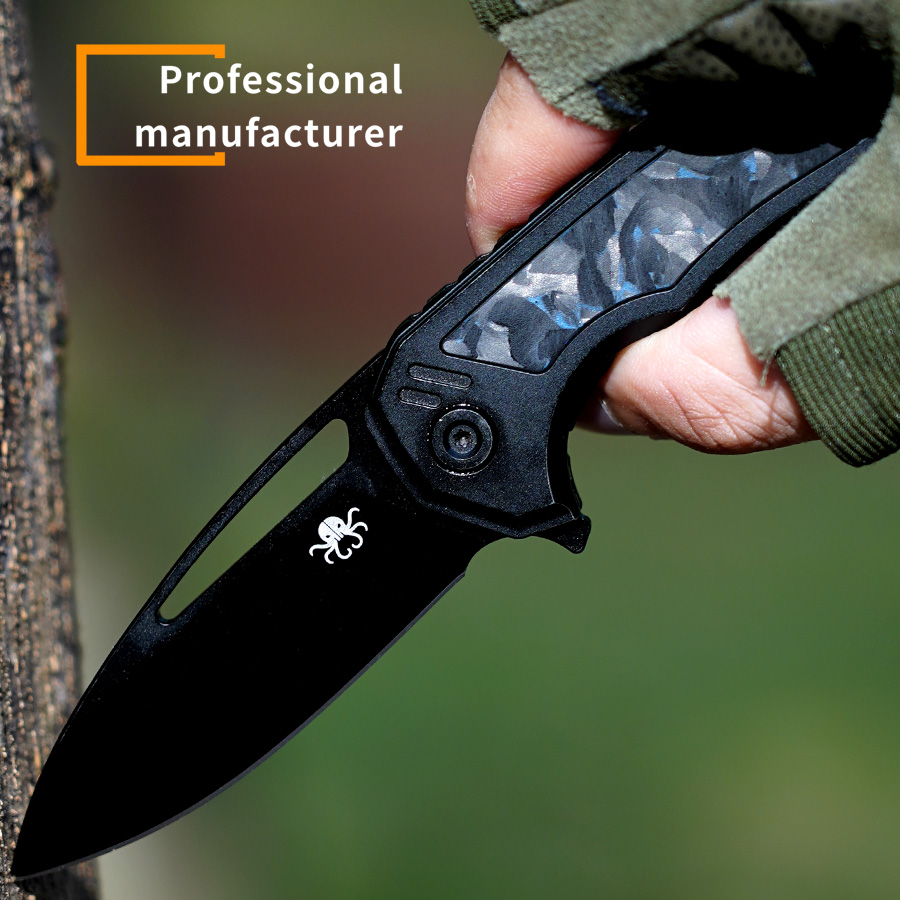
Chapter 6: Rust Removal: If It’s Too Late
6.1 How to Remove Light Rust If rust has already appeared, it's important to act quickly. We’ll cover the basic tools and methods:
- Using a Rust Eraser: A simple yet effective tool for light surface rust.
- Baking Soda and Vinegar Solutions: Natural and affordable methods for removing rust.
- Commercial Rust Removers: When and how to use chemical rust removers.
6.2 Removing Heavy Rust and Pitting For more advanced rust issues, such as pitting or deep corrosion, we’ll provide step-by-step instructions on how to restore the knife to its former glory using more intensive techniques like:
- Wet Sanding: How to use various grits of sandpaper to remove heavy rust.
- Using a Dremel Tool: When and how to use power tools for restoration.
6.3 Polishing and Refinishing Once the rust is removed, the knife must be polished and re-sharpened. We’ll cover how to get your knife looking shiny and new again.
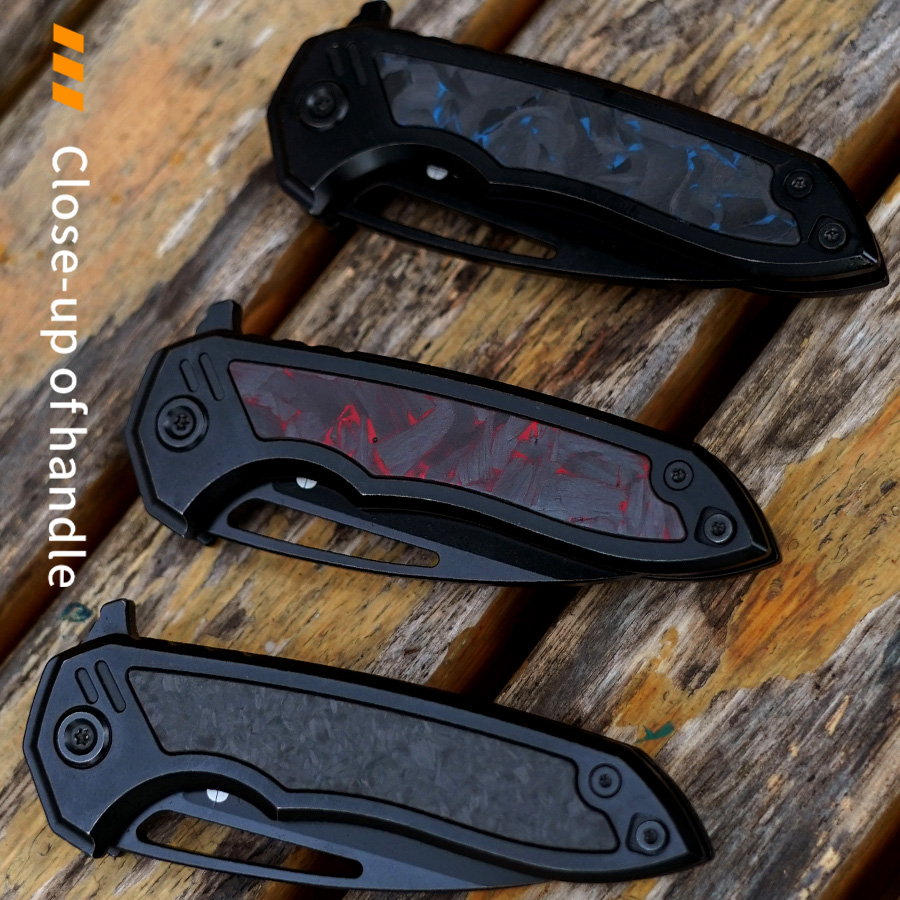
Chapter 7: Preventing Rust in Outdoor and Hunting Knives
7.1 Special Care for Hunting and Survival Knives Outdoor knives often encounter harsher conditions, such as exposure to mud, water, and salt. This section will focus on additional steps outdoor enthusiasts need to take:
- Use of Camouflage Coatings: How camo coatings help reduce rust.
- Proper Sheathing: Choosing the right sheath material to protect your blade.
- Periodic Oil Applications: How often you should apply oil to your hunting knives.
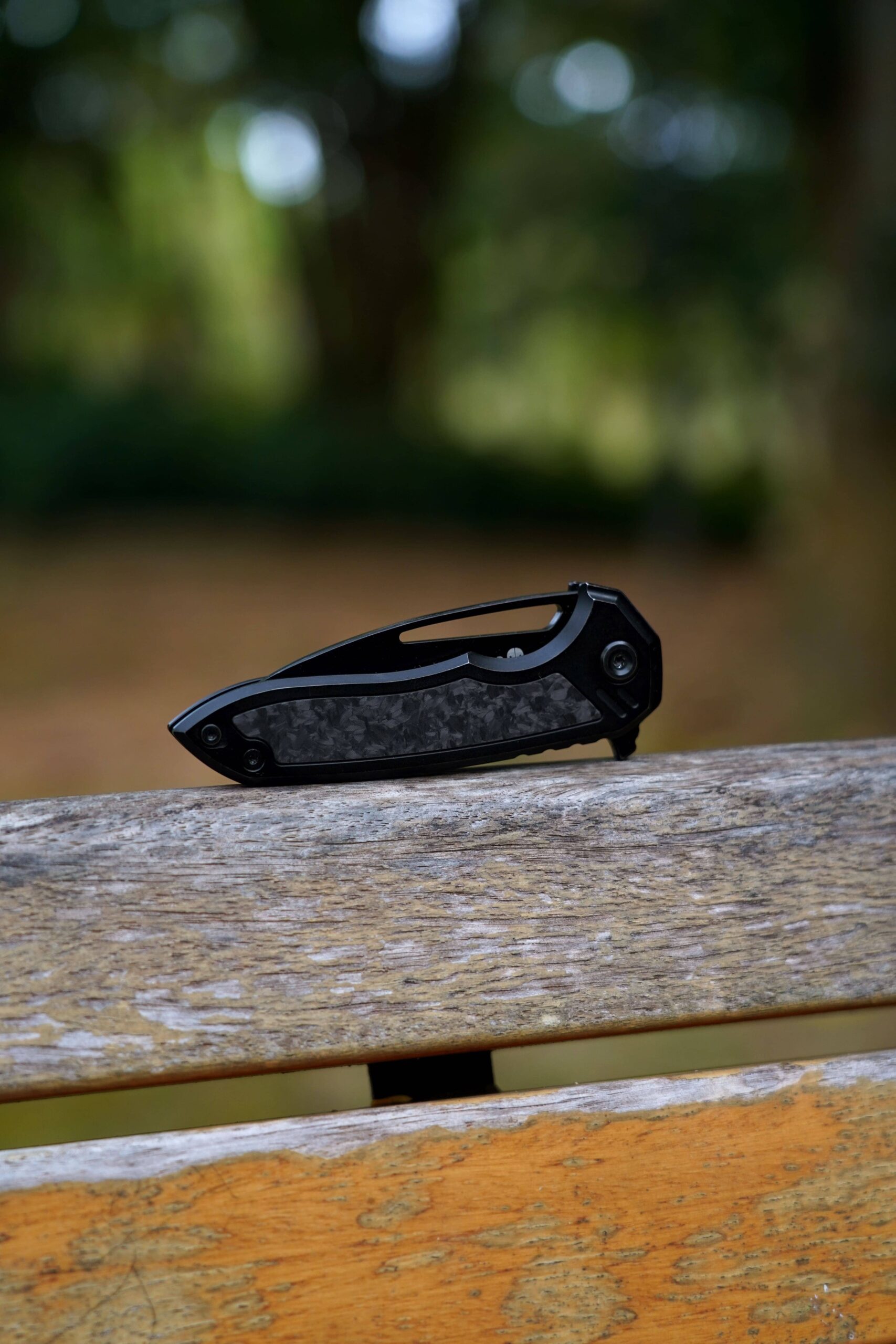
Chapter 8: Troubleshooting Rust Issues
8.1 What to Do If Rust Keeps Reappearing Sometimes rust can be persistent, especially if the knife is used frequently or exposed to extreme conditions. This section will offer troubleshooting tips for recurring rust problems.
8.2 When to Replace Your Knife Rust can sometimes cause irreversible damage to your knife. Learn how to determine when it’s time to retire a knife and invest in a new one.
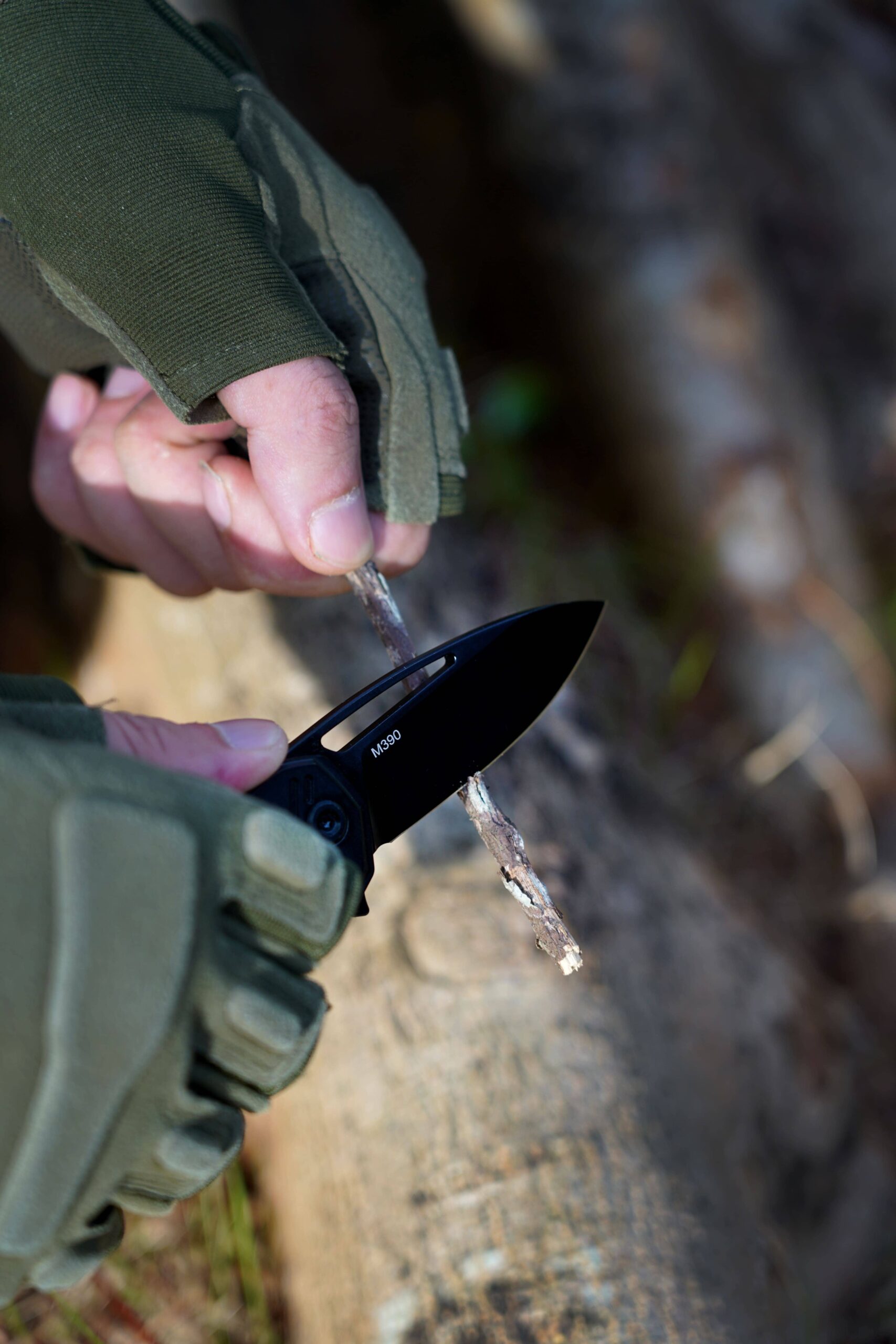
Conclusion: Keeping Your Knife Shiny and Corrosion-Free
Rust doesn’t have to be a permanent problem for your knife. By understanding the causes of rust, investing in the right materials and tools, and adopting proper maintenance habits, you can keep your blade shiny, sharp, and corrosion-free for years to come. Remember, a little care goes a long way in preserving the longevity of your favorite knives.
